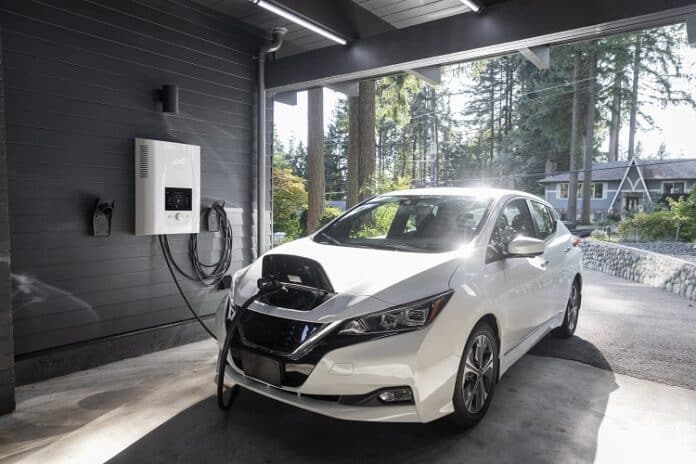Electric vehicles, also known as EVs, have gained popularity in recent years as a more sustainable and environmentally friendly option for transportation. One of the main concerns for EV owners, however, is how to charge their vehicles. This concern is being addressed by the increasing availability of EV chargers at commercial locations. The benefits of EV chargers at commercial locations are numerous such as providing convenience for EV owners to charge their vehicles while engaging in activities like shopping or dining and promoting the adoption of electric vehicles by enhancing charging accessibility. For businesses, installing EV chargers can attract eco-conscious customers and demonstrate a commitment to sustainability, enhancing their corporate image. In this article, we will explore the various options for charging EV batteries, as well as the pros and cons of each.
Levels of charging
One of the most common methods for charging an EV is through a standard wall outlet. This is a convenient option for those who have access to a 240-volt outlet, as it allows for slow but steady charging. The downside to this method is that it can take several hours to fully charge the battery, making it a less practical option for those who need to charge their EV quickly.
Another option for charging an EV is through a dedicated EV charging station, also known as a Level 2 charger. These stations provide faster charging speeds than a standard wall outlet, and can fully charge an EV battery in as little as 4-6 hours. They are typically installed in public locations, such as parking garages and shopping malls, and can be accessed with a special charging cable or card.
Level 2 charging stations are available, but DC fast chargers (also known as Level 3) are also available. These chargers use DC electricity to rapidly charge an EV battery and can do so in as little as 30 minutes. Although DC fast chargers are more costly to set up and maintain than Level 2 chargers, they are a useful alternative for those who require rapid recharging of their electric vehicle.
Another option for charging an EV is through wireless charging. This technology uses electromagnetic fields to transfer energy from a charging pad to the EV battery, eliminating the need for a physical charging cable. Wireless charging is still in the early stages of development and is currently only available on a limited number of EV models.
One of the main considerations for EV owners when it comes to charging is the cost. The cost of charging an EV can vary depending on the type of charger used, as well as the local electricity rates. In general, charging an EV with a standard wall outlet is the cheapest option.
What are the benefits of environmental EVs?
Environmental EVs have a number of benefits that make them a great choice for anyone looking to reduce their carbon footprint and do their part to combat climate change.
One of the primary benefits of environmental EVs is their incredibly low emissions compared to traditional gasoline-powered vehicles. EVs run on electricity, which is typically produced using renewable energy sources like solar, wind, and hydropower. This means that when you drive an EV, you’re not adding any additional pollution to the atmosphere.
Another benefit of environmental EVs is the cost savings they can bring. EVs are cheaper to operate and maintain than conventional cars since they require less fuel, oil changes, and other maintenance. Additionally, depending on where you live, there may be government incentives available for purchasing an EV, as well as tax credits that could help offset the initial cost.
Finally, environmental EVs are much quieter than traditional gasoline-powered vehicles. The lack of engine noise makes for a more pleasant driving experience, as well as a more peaceful environment for people living near roads with high traffic levels.
Environmental EVs are an excellent option for those looking to reduce their carbon footprint and save money in the long run. With the wide range of models available, there’s sure to be an EV that suits your lifestyle and budget.
Environmental EVs have become increasingly popular in recent years, and for good reason. They are eco-friendly, offer great performance, and can help reduce your carbon footprint. When considering which type of environmental EV to purchase, it is important to consider the different levels of charging that is available. Level 1 charging offers the most economical option and requires the least amount of setup. Level 2 charging offers a faster charge, but requires more setup and may require an electrician to install. Finally, Level 3 charging offers the fastest charging option available and is ideal for long-distance travel. Ultimately, the choice of which environmental EV to purchase depends on your own needs and preferences, but understanding the different levels of charging can help you make an informed decision.





